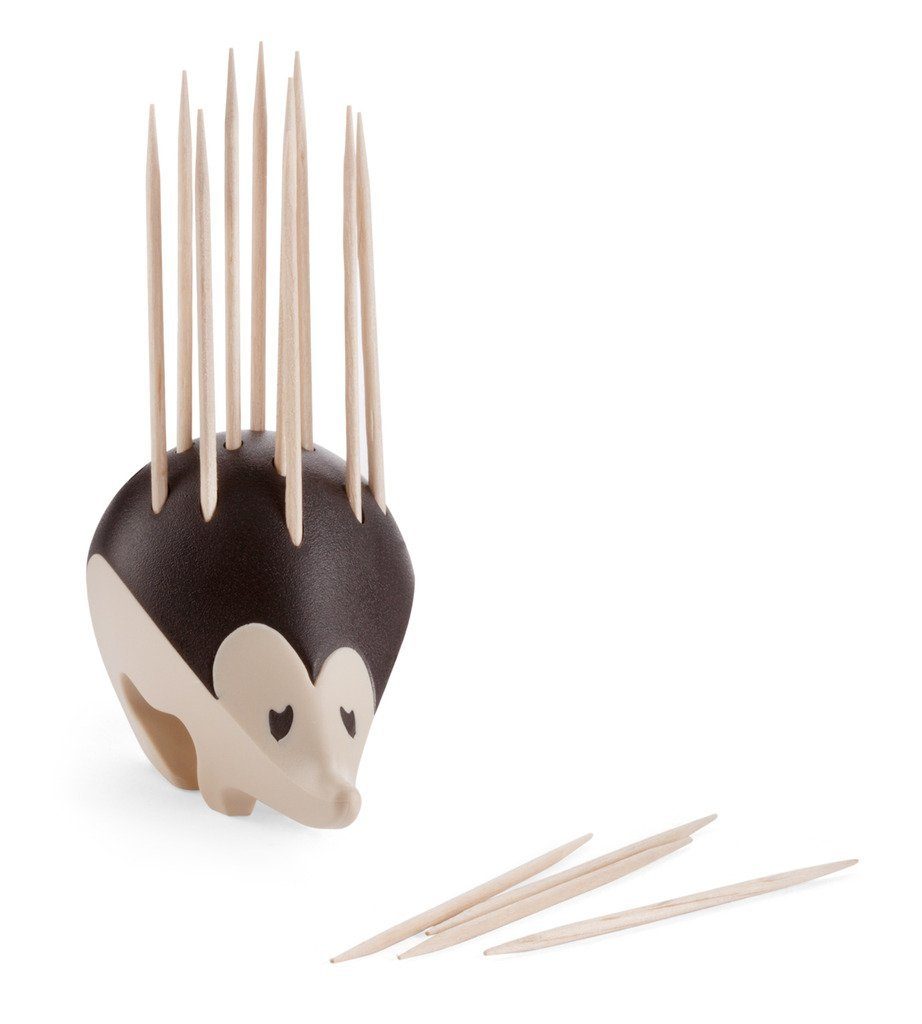Iberian Hedgehog Graves May 21, 2016
Author: Beach Combing | in : Ancient , trackback
Aristotle writes in his Politics (7, 2) that ‘among the Iberians, a warring people, they fix obeliskoi in the earth around a man’s grave corresponding to the number that they have killed’.
This is a much quoted sentence and one that has caused some confusion over the years because of the translation and mistranslation of obeliskoi. In the eighteenth century obeliskoi was routinely rendered as ‘obelisks’ and European antiquarians got very excited by the idea of standing stones, near real or imagined graves, being the ‘victims’ of mighty warriors of the past.* However, today, obeliskoi is routinely translated as ‘spears’ (its typical meaning is ‘spear’, ‘spit’ etc), the idea being that a warrior who had killed ten men would have ten spears rammed into his burial mound: in other words the spears were the equivalent of swastikas painted on spitfires; or zeros on American wings. The spear translation is almost certainly the correct one. It is true that some Iberian tombs are associated with columns: the so-called stela-pillars of southern Spain, most famously. However, there are also illustrations of rows of spears on stone stelae associated with burials and crucially, and rather movingly, spearheads have been found embedded in Iberian mounds: in other words, someone really had rammed five or six spears down into the earth when Dad’s ashes were closed into his tomb.
A nice question is where Aristotle got this information from. Quesado Sanz (91) has a credible chain of custody:
Admittedly, Aristotle never went to Iberia, but his master Plato did travel to Sicily at least three times between 387 and 361 BC, and met Iberian mercenaries in Syracuse. A curious man, he could have obtained some first hand-information there and told about it later in Athens.
So we are left with some rowdy Iberians having an argument about who killed the hairy Roman so that one of them gets to have another spear thrust into his final resting place. Not as good as the Scythian ghost riders, perhaps, but still powerful when imagined: mounds that look like rutting hedgehogs…
Other unusual mortuary customs: drbeachcombing AT yahoo DOT com The ancient world is perhaps most promising, but other periods gladly considered.
Sources
Quesado Sanz F. ‘Off with their heads!’, (ed) Gosden etc, Celtic Art in Europe (2014)
*This glorious misconception was to throw the study of dolmens etc off balance for over a hundred years; and what does this tell you about the man buried at Stonehenge?


